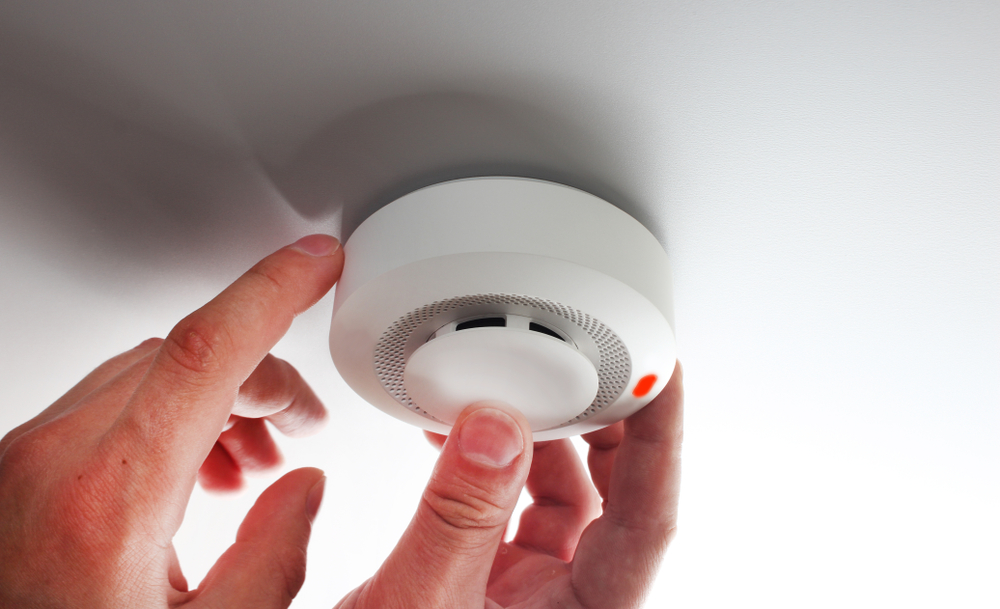At the start of April, Lancashire Fire & Rescue Service (LFRS) announced that they were changing how they respond to automatic fire alarms in non-sleeping risk premises during the daytime. LFRS said that this decision was made due to the number of false alarms they were receiving - around 2,000 reports every year by automated signals and over 99.5% of staff 999 calls as well.
Although this policy change does not affect the way they respond to automatic fire alarm systems after 7 pm at night for any building type, it does mean something for premises owners. In the event of an automated fire alarm, more due diligence is needed. You may be wondering what can be done to prevent false alarms without putting your premise at risk moving forwards. Below we’ve answered the most frequently asked questions we get asked about Fire Alarm Monitoring:
How important is Fire Alarm Monitoring?
Fire alarm monitoring is a trusted way to communicate with keyholders and the emergency services in the event of a fire breaking out, reducing the risk of losing a business or property to fire damage. When the fire alarm is activated – either during the day or at night – a signal is sent to a receiving centre and handled appropriately. This system is monitored 24/7, 365 days a year, meaning the premise is always protected.
Should a fire occur when the building is unoccupied, the alarms will not go unheard since key personnel are contacted immediately to come out and investigate and deal with it effectively. Monitoring takes seconds and ensures little damage to the premises. There is also the option to contact the emergency services if there is a confirmed fire.
What are the most common causes of false fire alarms?
Many false fire alarms are caused by unavoidable situations, like the following:
- Cooking fumes
- Steam from shower rooms
- Steam from industrial processes
- Smoking from cigarettes
- Aerosol sprays
- Hot work or dusty work
- Accidental or malicious damage to a ‘Break Glass’ call point
- Testing and maintenance
- Changes to the use or layout of the building
- Faulty detectors
- Incorrect positioning of detectors
False alarms come in many different shapes and sizes, and often, it turns out to be something that’s completely harmless. If you have experienced a false fire alarm, it is important that you find a way to prevent it from happening again in the future. Either remove or repair the cause of the false alarm or find new ways to prevent it from happening again.
Fire alarm monitors and keyholders can make sure that the real fires are spotted and dealt with.
What problems can false alarms cause?
False alarms can be dangerous. Not only do they waste the fire and rescue service’s precious time and resources, but they can also cause increased danger on the roads to drivers. Instead of being called out to a genuine fire, the false alarm may divert their attention to a premise which is in no danger whatsoever. This can cost lives and around £1 billion a year, according to the government’s estimates.
It also disempowers businesses from managing their own fire safety, diverts Fire Safety Inspectors, and drains public finances and resources. Businesses also lose valuable time and money as well since they have to stop what they are doing in order to make sure that nothing bad is actually happening to their premises. Overall, no one wants to experience false fire alarms.
How important can Keyholders really be?
A keyholder is someone who has been nominated by others to assist in securing a premise and responding in the event of the activation of the alarm system - either by fire or security. This person should have a token or code to operate the alarm and a smartphone at their disposal to give updates on what is currently happening. Keys are needed to access the premises, and they need to be familiar with the system and understand it.
Any issues then need to be reported to the alarm company, and the fire services should be contacted immediately in the event of a fire that is spreading throughout the building. Nominating a person should be based on a few factors, namely how close they live to the property, whether they have keys to the property, and if they’re trustworthy in general. Responding to an alarm has to be immediate, and time is of the essence.
Who can you call on to reduce your false fire alarms?
There are smart technologies out there that are designed to completely prevent false fire alarms. For example, with Siemens Cerberus PRO, the ASA (advanced signal analysis) detectors use advanced algorithm technology to determine if what it is seeing is a real fire or a false alarm. It has been tested in over 5000 fire and false alarm scenarios, and we are so confident in this innovative technology that if a false alarm does occur for one of our clients, we pay them £1,000.
If you would like to learn more about how we can help you prevent false fire alarms, please get in touch to find out more about our services.
